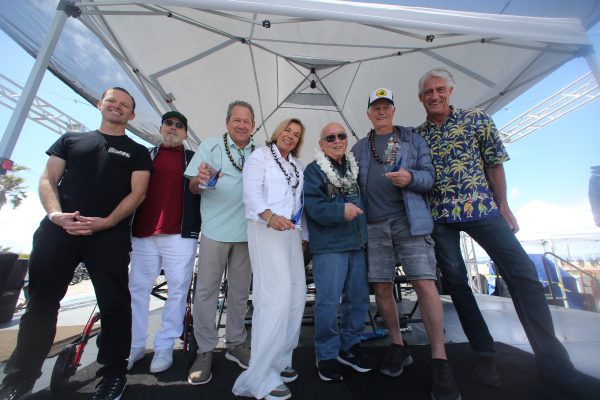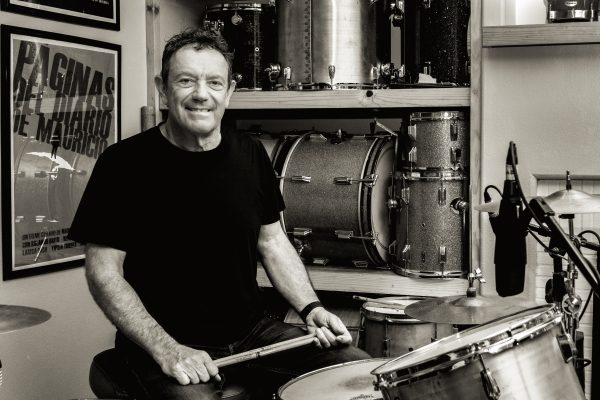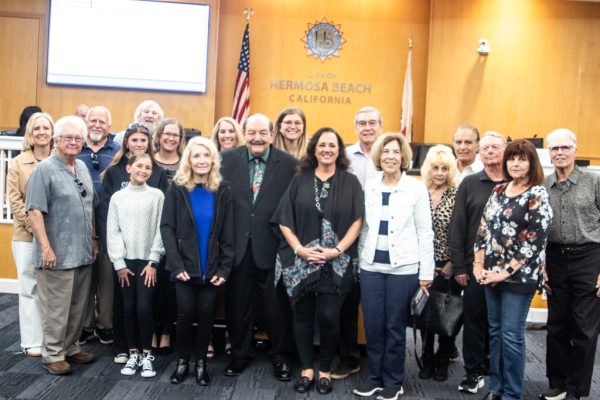
The opening night audience for “The Scottsboro Boys” seemed to enjoy the show, but I think that the creators have tried to pull a fast one on us, so I’m going to play Devil’s Advocate.
John Kander and the late Fred Ebb also gave us “Cabaret,” “Chicago,” and several other astonishing works for the theater, and director-choreographer Susan Stroman has an unimpeachable record of her own. With minds like these, and let’s not forget David Thompson’s book, it was a sure thing that “The Scottsboro Boys” would prove to be a compelling addition to the musical theater repertoire.
The story is a little bit like “Parade” and “The Green Mile,” where justice goes on trial and gets kicked in the shins. The real-life Scottsboro Boys were nine African American young men who had hitched a ride on a boxcar, carefree and buoyant but determined to find jobs and maybe get an education. However, the year is 1931 and the state is Alabama, and that’s a bad combination here, especially if you’re black. These youths, aged 13 to 19, get into a scuffle with some white fellas, but the icing on the cake comes when two white women accuse them of rape.
The kids are hauled off to jail, and there they sit, the monotony broken up only by a series of court appearances that go nowhere. One of the white girls eventually recants, while the other one complains about being called in (“trial after trial after trial,” she whines), but at least she’s on the outside.
One should rightly be aghast at this perversion of justice, but then – in an attempt at being witty or clever or innovative or simply provocative – Kander and Ebb decided to cloak their musical in the garb of an old-fashioned minstrel show (folks, black and white, in blackface), so that with Hal Linden as the Interlocutor (a kind of sideshow entrepreneur) and Trent Armand Kendall as Mr. Bones and JC Montgomery as Mr. Tambo, the latter two somewhat like vaudeville entertainers, we have an entirely different look at what may or may not have taken place in Alabama between 1931 and 1937.
Presenting “The Scottsboro Boys” as a carnivalesque road show further allows it to lampoon or even harpoon almost everyone who crawls into the picture, but it obfuscates as much as it reveals. First of all, though, modern viewers are not familiar with this once-widespread form of popular entertainment, and second, we have to question if we, the audience, are being subtly mocked for being in attendance at one of these decidedly lowbrow shows when we should have been at “Tosca.”
Were the accused young men truly saints? Naturally they are presented here in a very sympathetic light or else we wouldn’t care so much about their plight. And Joshua Henry as Haywood Patterson is simply remarkable as the man who just wants to speak the truth. Henry has the charisma of a young Harry Belafonte and the gravity of a Paul Robeson.
However, since the linchpin – or, more precisely, the lynchpin – of this story hinges on the “testimony” of the two young white women, we may wonder why they aren’t presented with a little more seriousness? In fact, they are portrayed by two of the nine Scottsboro Boys, Christian Dante White and Gilbert L. Bailey II. They’re presented as caricatures, of course, just as Mr. Bones and Mr. Tambo portray Southern lawyers and guards and deputies and sheriffs as (mostly) redneck, low-IQ stereotypes.
Well, what if the women had been played by white actresses and not black actors? What if they’d been, let’s say, Paris Hilton-lookalikes in skimpy bikinis? But no, scratch that out, because the show has to remain completely tilted towards the young men languishing in prison.
Languishing in prison. In my opinion, there’s not much material for a show here, and in fact the story essentially peters out fairly quickly. The musical numbers and the choreography distract us from it, as do the humorous vignettes, but at its core this work is spinning its wheels, or rather trying to spin gold out of straw.
For all that, “The Scottsboro Boys” wants to end on a sobering and serious and then an upbeat note. We can’t blame anyone for that: Who wants to leave a musical depressed?
In this case, there’s an epilogue that informs the audience what befell the nine defendants, most of whom were released within a few years when they never should have been incarcerated at all. But then also, and this rides like a sidecar to the narrative, we have The Lady (C. Kelly Wright) who gets on the bus and refuses to move to the rear. In a small way, then, by this simple act, the debacle of what the Scottsboro Boys endured was not entirely in vain, for their example to persevere inspired Rosa Parks (or one very much like her) to stand tall, to stay firm, and the doors of the Civil Rights Movement opened up. At last, justice!
But what if Kander and Ebb had gone down another road and ended with a jubilant OJ Simpson and a horrified Goldman family? Maybe that’s the real corollary here, this time with a black jury favoring its own. Perhaps true justice isn’t out of the woods yet, because prejudice and bigotry remain with us still.
On many levels, this is a thought-provoking show.
The Scottsboro Boys is onstage through June 30 at the Ahmanson Theatre, 135 N. Grand Ave., downtown Los Angeles in the Music center. Performances, Tues. through Fri. at 8 p.m., Sat. at 2 and 8 p.m., Sun. at 1 and 6:30 p.m. Also, Thurs., June 20 and 27, at 2 p.m. No 6:30 p.m. performance on Sun., June 23 and 30. Tickets, $20 to $115. Call (213) 972-4400 or go to CenterTheatreGroup.org.











